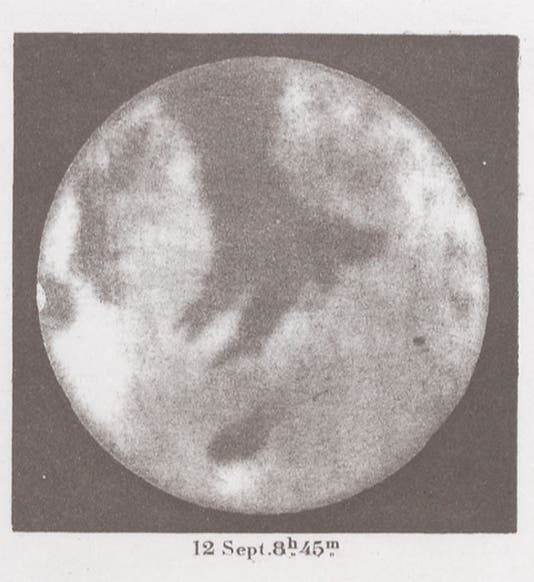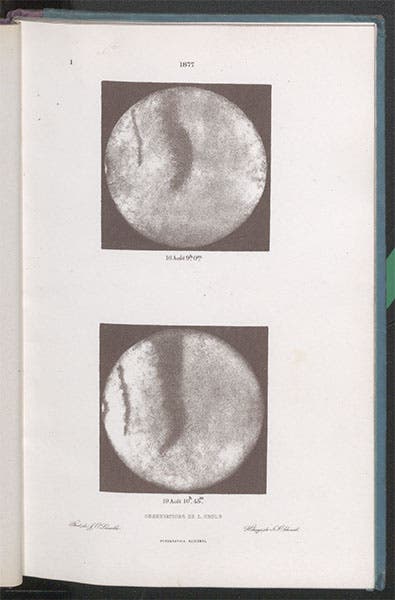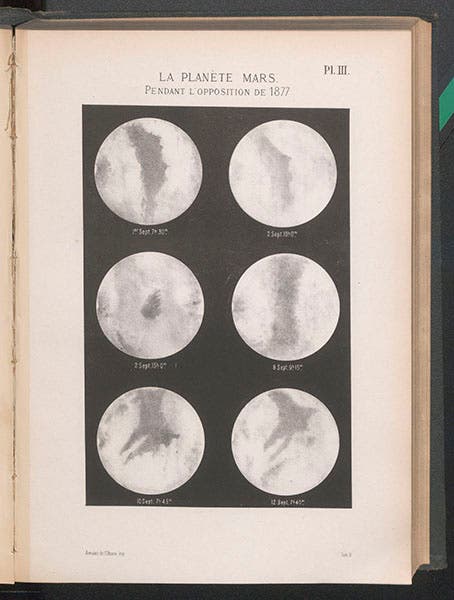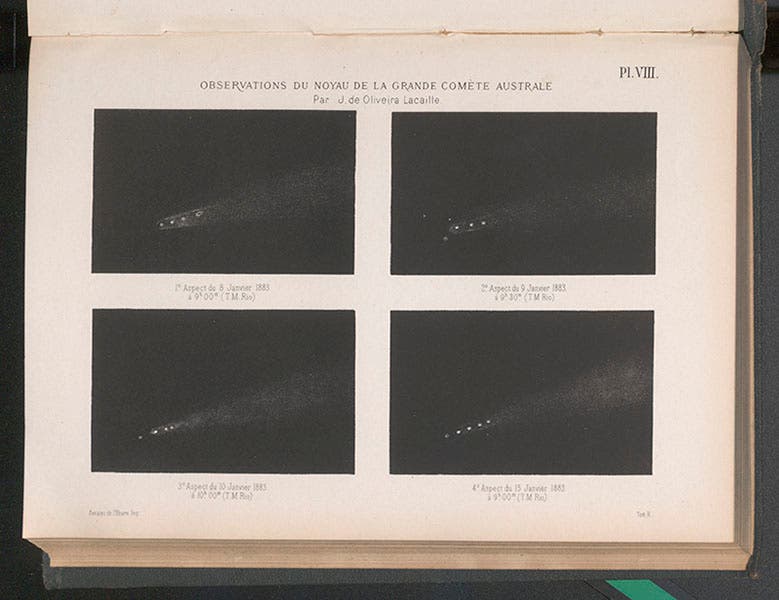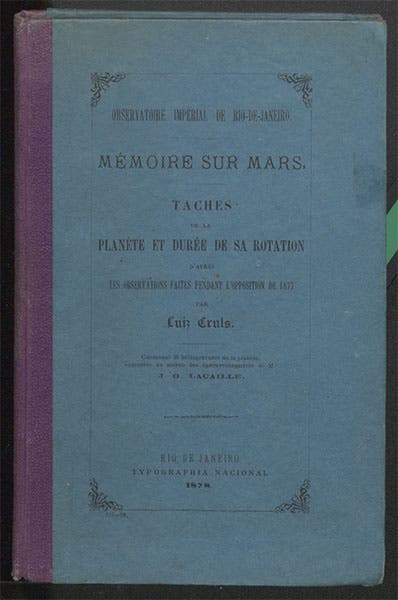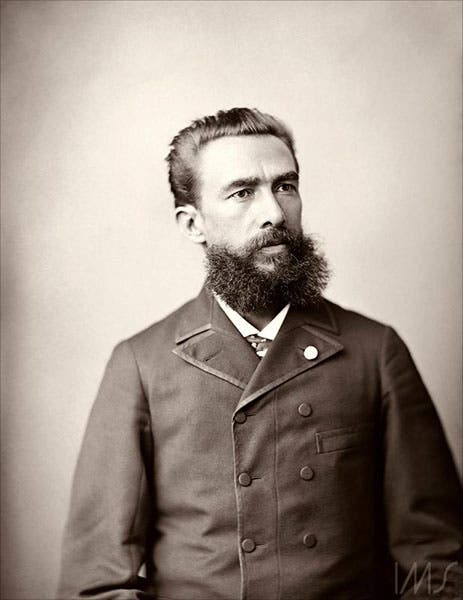Scientist of the Day - Luiz Cruls
Luiz Cruls, a Belgian/Brazilian astronomer, was born Jan. 21, 1848. Cruls trained as an engineer, spent some time in the army, and then in 1874, he resigned and sailed to Brazil, seemingly just for a change of scenery. He fell in with the right sorts, served well on a Brazilian mission back to Belgium to acquire geodetic instruments, and then was hired by the Imperial Observatory in Rio de Janeiro in 1877, primarily as a geodetic specialist, since he had no astronomical training.
But an astronomer he became. In the year of his hiring, there was a very favorable opposition of Mars, which means that Mars was as close as it ever gets to the Earth. This was the same opposition that Giovanni Schiaparelli made famous with his drawings that showed "canali" on Mars. Cruls commemorated the opposition of 1877 in a different way – he had photographs taken with the observatory’s 25 cm equatorial telescope; the photographer was J.O Lacaille. Cruls then published 26 of the photographs as heliogravures in a small pamphlet, Mémoire sur Mars (1878). Astronomical heliogravures were quite a rarity in 1878; most astronomical photographs in books were either prints that were cut out and pasted in, or lithographs, or woodburytypes. We see here one of the plates, with two images (second image), and a detail of another plate, which provides a closer view (first image).
Four years later, Cruls gained world-wide attention when he discovered a new comet, which would come to be called the Great Comet of 1882. He first spotted it on Sept. 11, 6 days earlier than A. A. Common in England. By this time, Cruls was Director of the Imperial Observatory at Rio, and in charge of the observatory's publications. The Annals for 1882 is a massive tome. Cruls first of all republished the Mars photographs, this time 6 to a plate, since the plates were larger (fourth image). It is apparent that the printing of heliogravures has improved in just 4 years, and the images are sharper.
Turn the page, and there is a large image of a comet, this time a drawing. But it is the comet of 1881, not 1882 (not shown here). Turn the page one more time, and there are four images of the Comet of 1882 (fifth image), not in its glory, but in its later stages, as it broke apart into a number of pieces early in 1883, much as Comet Shoemaker-Levy 9 did in 1994. To see the Comet of 1882 in its "Grand" stage, we have to turn to a photograph by the astronomer David Gill (third image). This photograph by Gill is well-known, because it gave Gill the idea of creating a photographic alas of stars, inaugurating the international Carte du ciel project. There is more about Gill and the Carte du ciel at our post on Gill.
Returning to our copy of Cruls' Mémoire sur Mars, it is rather a special one, because not only does it preserve the lovely blue paper cover (sixth image), but it is a presentation copy, to the astronomer Camille Flammarion, and is inscribed to Flammarion on the first page (seventh image).
Cruls' Mémoire sur Mars came to us when we acquired a substantial portion of Flammarion's collection of ballooning books in 2013. You can read more about it in our post on Flammarion that discusses his collection.
All the surviving portraits of Cruls seem to be photographs. We include here an especially nice one, taken in 1890.
Dr. William B. Ashworth, Jr., Consultant for the History of Science, Linda Hall Library and Associate Professor emeritus, Department of History, University of Missouri-Kansas City. Comments or corrections are welcome; please direct to ashworthw@umkc.edu.

